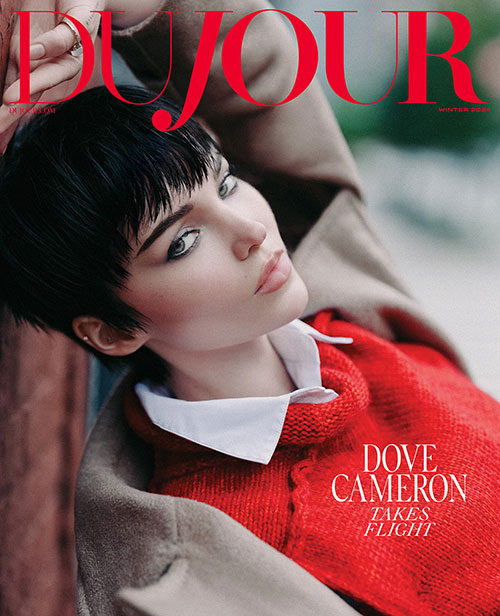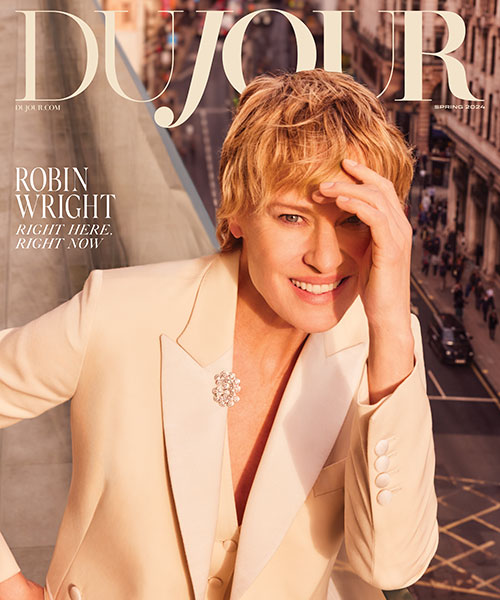The Revenge of Robert Indiana - Gallery
When critics turned their backs, the pop artist abandoned the New York scene. Now, a close-up look at his comeback
Written by Alexandra Peers
Indiana at the Star of Hope Lodge, his Vinalhaven, Maine, home, which doubles as his archive, with paintings from the “Coenties Slip” series.






